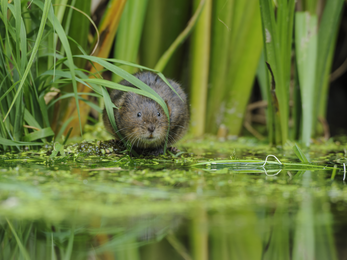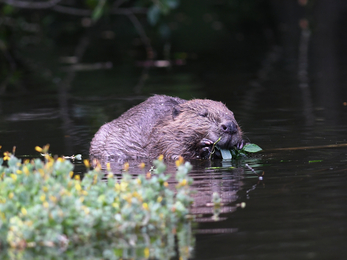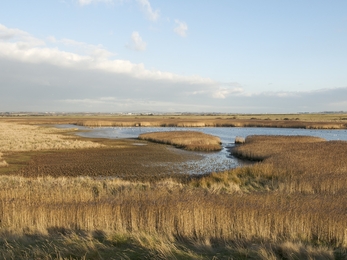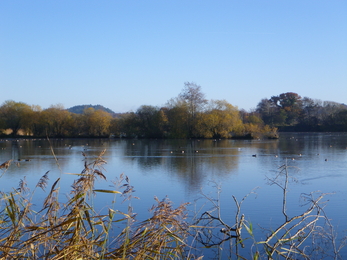Sadly, the UK’s lost 90% of its wetlands – they often get drained for agriculture, development, forestry and other land uses. This is bad for wildlife because around 40% of the world’s species rely on freshwater wetlands. UK wetlands now cover just 3% of our landscape, yet 10% of our species still call them home.
Our wet grasslands are where lapwing, curlew and snipe nest, where bitterns boom in reedbeds, and where bats feed on the swarms of insects that emerge from them. Dragonflies, amphibians and water voles are found across ponds and marshes, and in some places, beavers engineer new wetlands, creating habitat for aquatic insects, mammals and plants.






